ASTON MARTIN’S ‘SUPER TOURER’ DB12 DELIVERS 500KW FROM A V8
The natural successor to the DB11, the newcomer drops the cylinders and ups the power, maxing out at 325km/h.
The natural successor to the DB11, the newcomer drops the cylinders and ups the power, maxing out at 325km/h.
Seeking to bridge the gap between supercars and grand tourers, Aston Martin has expanded the DB bloodline with the release of the DB12. Billed as the “world’s first Super Tourer”—debatable!—the new Aston Martin DB12 does away with the twin-turbo 5.2-litre V12 of its predecessor. Under the hood is a twin-turbo 4.0-litre V8 that delivers 500 kW of power and 800 Nm of torque — an increase of 53 kW and 100 Nm from the DB11.
All in all, that equates to the DB12 racing from 0-100km/h in 3.5 seconds with a top speed of 325km/h.
The V8 feeds power to the rear wheels through an eight-speed automatic transmission, with the addition of a new electronic limited-slip differential. Aston Martin claims its new rear differential “can go from fully open to 100% locked in a matter of milliseconds,” promoting more precise and consistent handling.
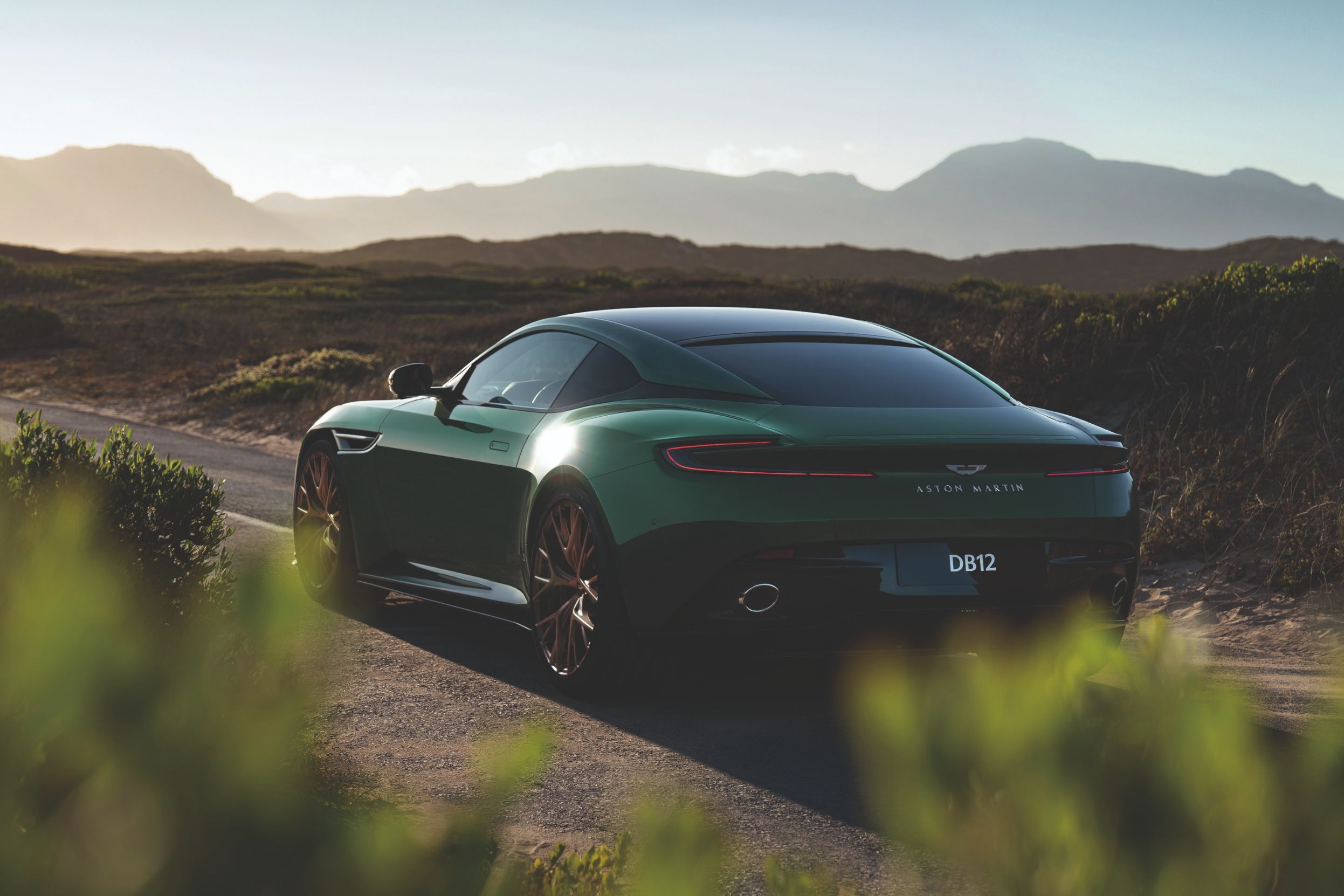
Under the skin, structural stiffness has been increased with the aluminium structure upping torsional stiffness by seven percent as a result of changes made to the engine cross brace, front and rear undertrays, front crossmember, and rear bulkhead. The resultant effect allows for gains in suspension performance as well as steering feel and overall driving pleasure.
The newcomer is unmistakable as anything other than an Aston Martin, with the low-and-wide proportions and two-door design a signature of the British marque. Taking on an athletic, aggressive stance, the Aston Martin DB12 is equipped with a more muscular physique befitting of its powertrain.
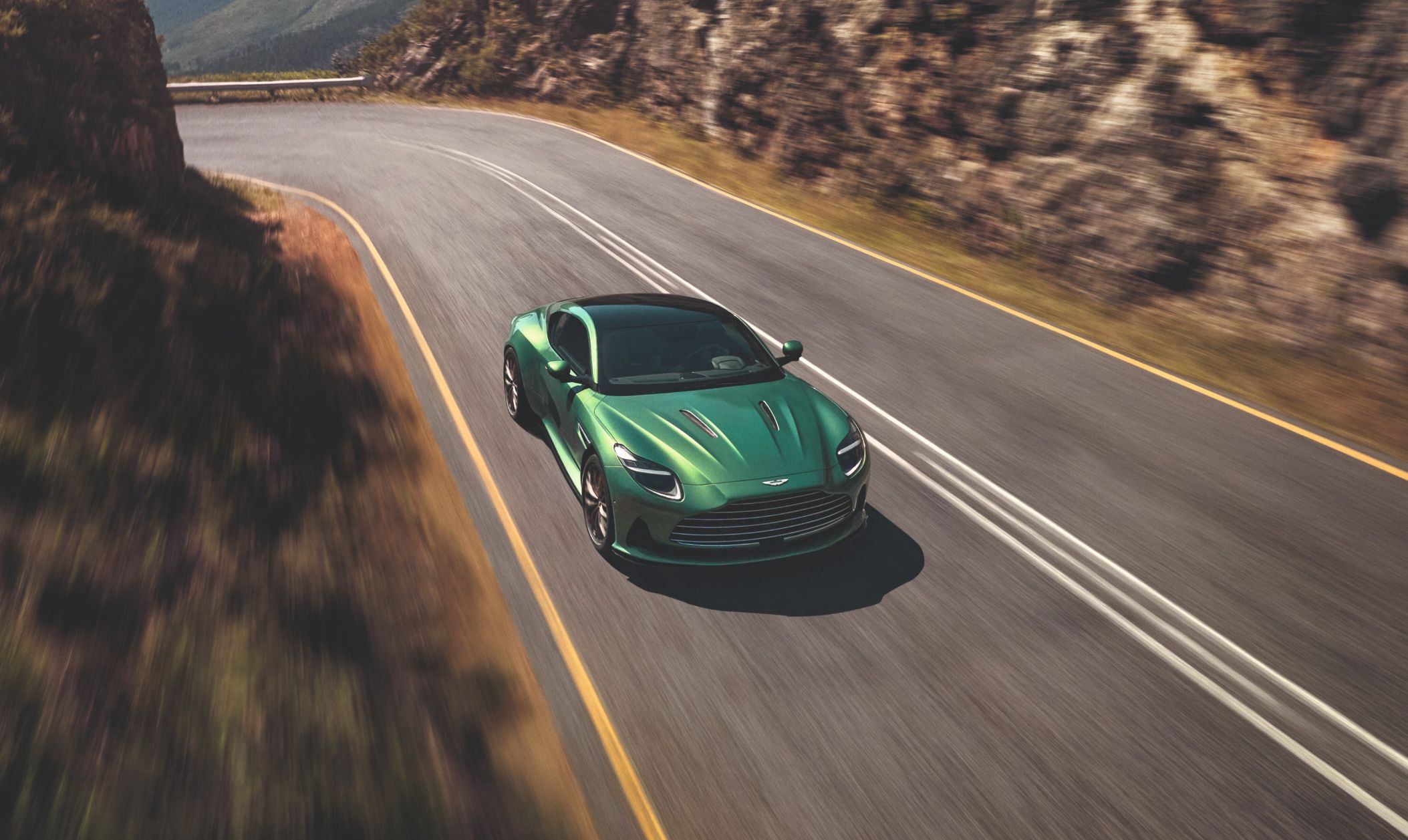
An upsized grille dominates the front end, which also sees the addition of a new lighting signature and surface detailing on the swept-back headlights and smaller frameless wing mirrors. On the nose sits the newly revised Aston Martin wings logo, with the DB12 the first production car to bear the badge. 21-inch alloys complement the wide design while optimising the aerodynamic profile of the vehicle.
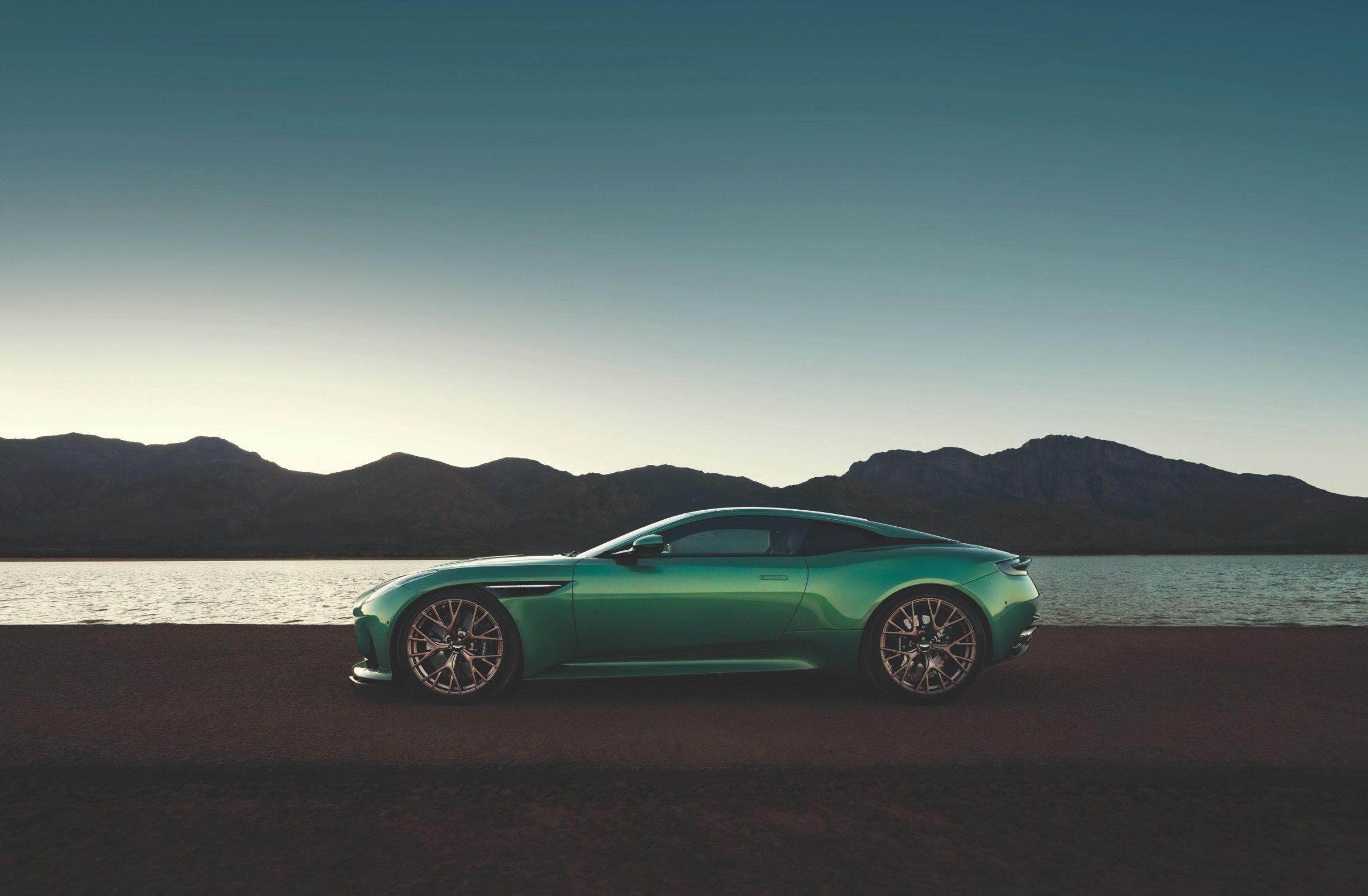
Step inside and you’ll find an entirely redesigned interior. The newcomer does away with the Mercedes-Benz infotainment system of its predecessor. In its place is an in-house—a first for the marque—system with dual 10.25-inch screens and Aston Martin-designed switchgear. Rounding it out is surround sound audio designed by leading British auditory icon Bowers & Wilkins.
The cabin itself takes on an opulent tone, designed with long journeys in mind. There’s the option for full Bridge of Weir leather or Alcantara upholstery; each outfitted with a new quilting pattern introduced for the DB12.
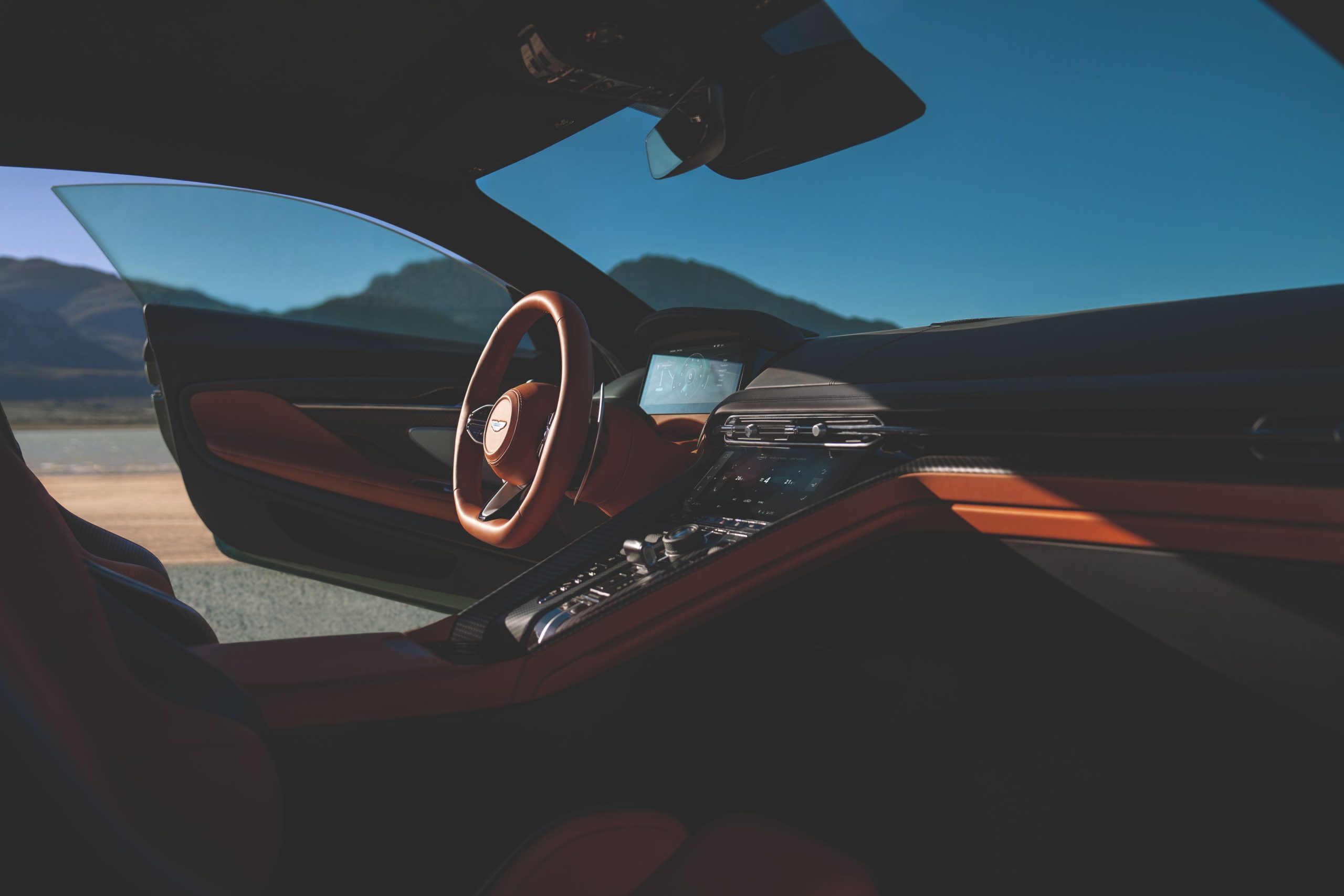
The release of the Aston Martin DB12 coincides with the marque’s 110th anniversary, as well as 75 years of the DB line.
“The latest addition to Aston Martin’s most illustrious bloodline, DB12 exemplifies the brand by boldly moving forward,” says Marek Reichman, Chief Creative Officer of Aston Martin. “Emphatically fresh yet unmistakably Aston Martin, DB12 defines the new breed of Super Tourer.”
First deliveries are slated to begin in Q3, 2023. While Aston Martin is yet to release pricing, it’s a safe bet to assume it’ll be a step up from the DB11, which starts at $382,000 (before ORC).
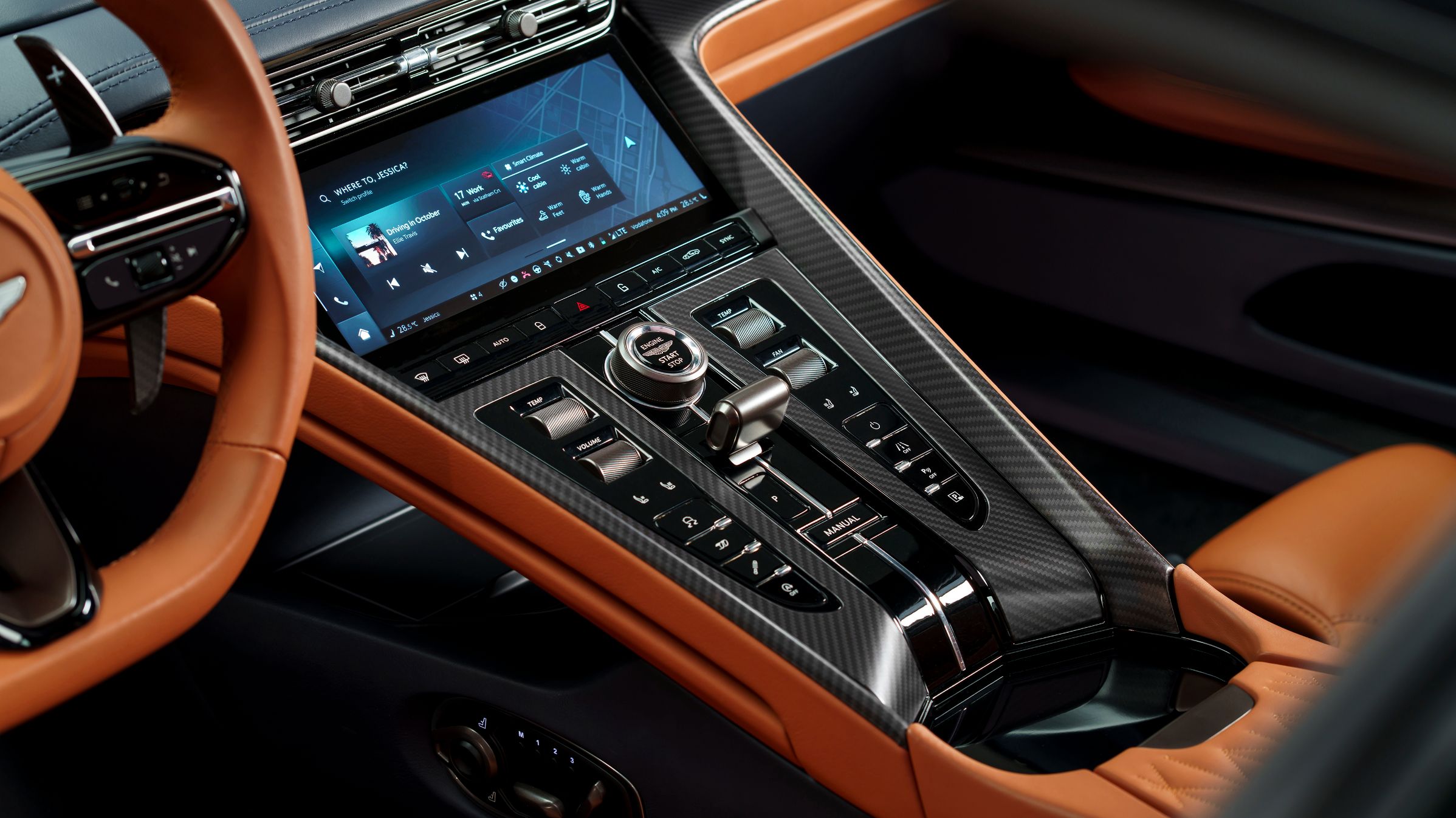
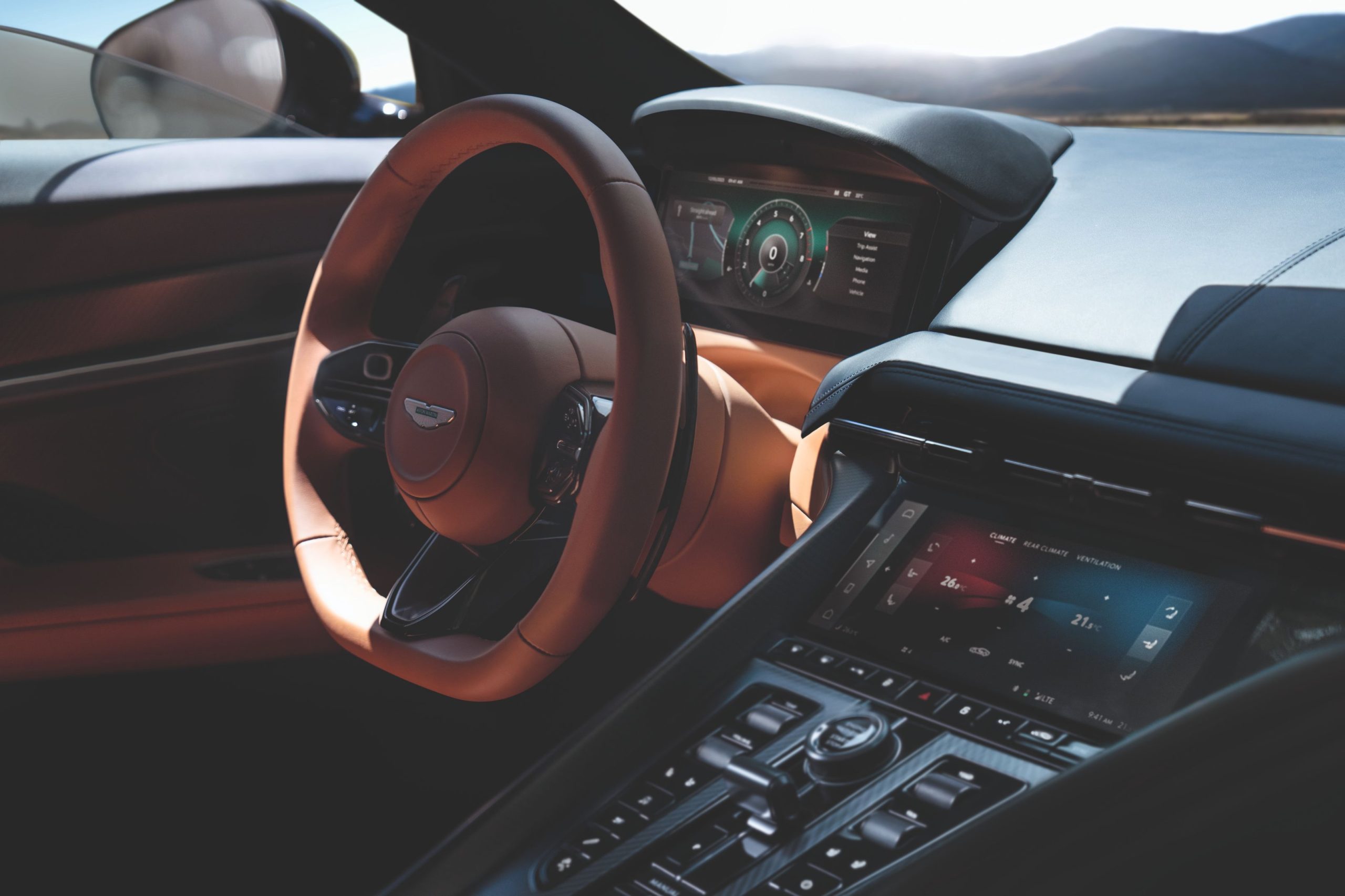
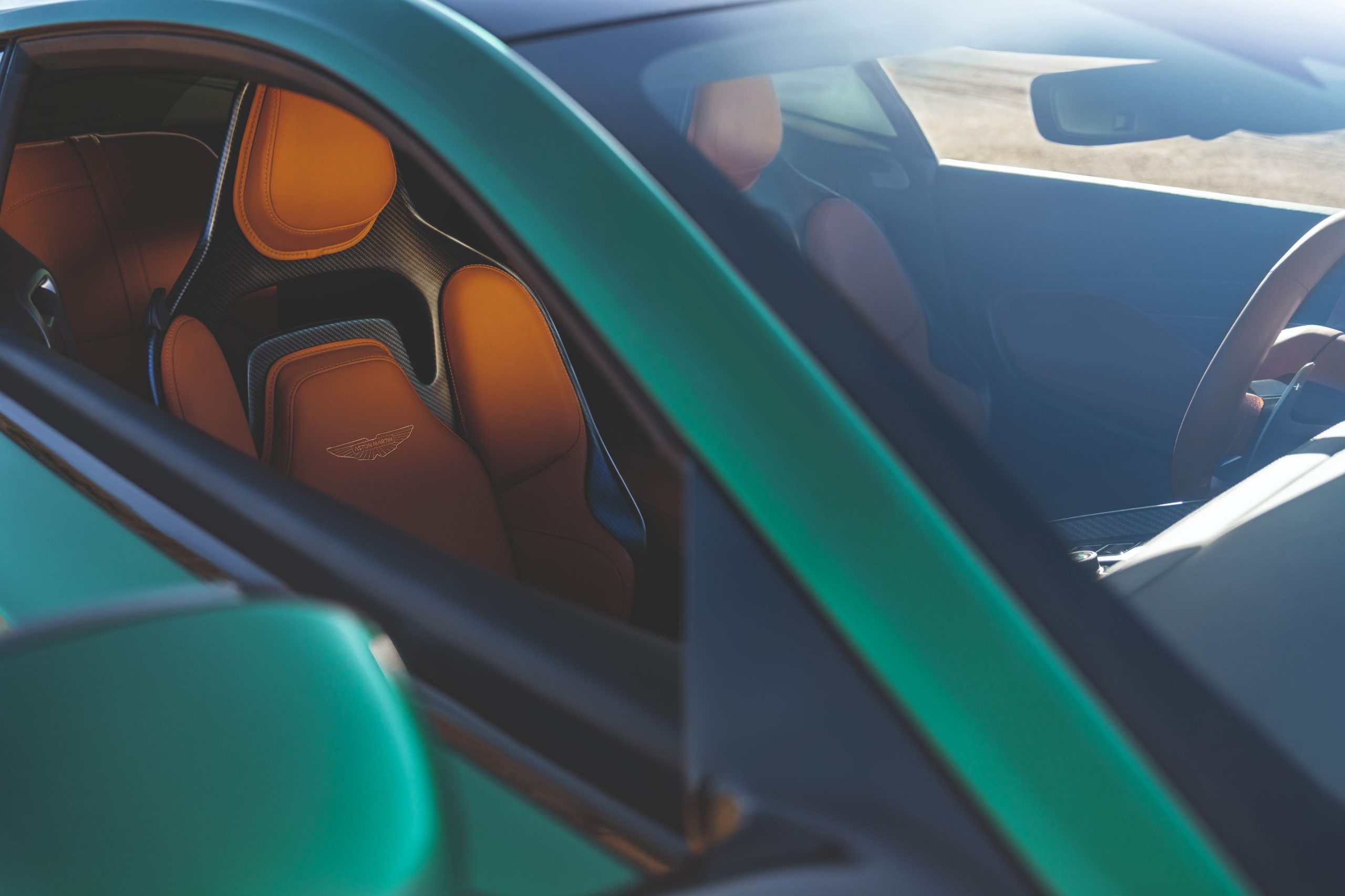
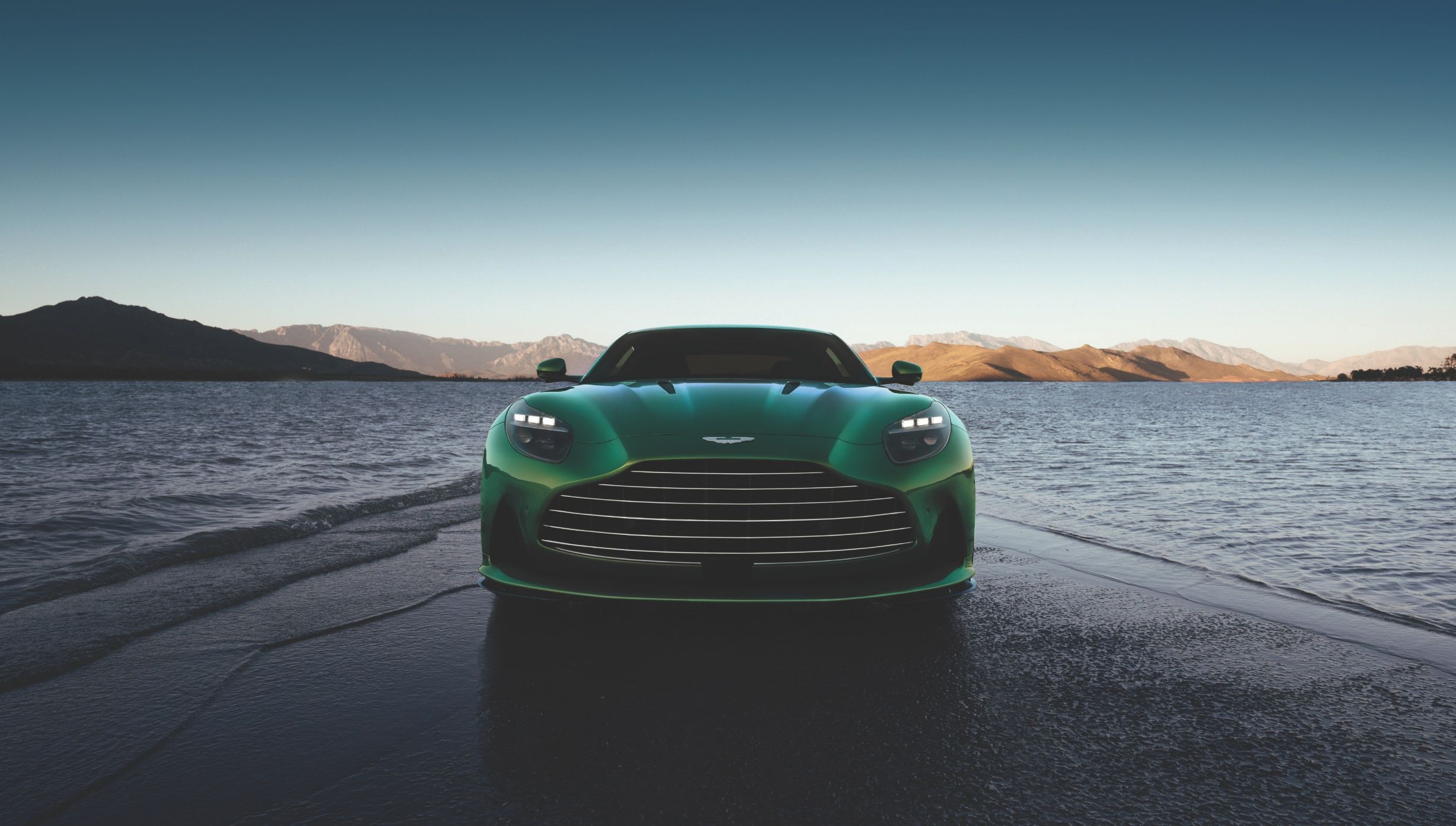
Miles from home and in lockdown with family, the designer took inspiration for his new sofa from an unlikely source
While the rest of the world was hunkering down in 2020 as the reality of COVID set in, Gabriel Tan was moving house — halfway around the world.
The Singaporean designer and his heavily pregnant wife Cherie Er relocated with their five-year-old son to Porto, on the coast of Portugal. It was a bold move given Tan had an established studio in Singapore, but the couple decided it was worth the risk to be in the heart of the design centres in Europe and the US.
“It was difficult because we had a good business in Singapore and my wife had a really good job — she was running the Asia Pacific sales for Credit Suisse,” he says. “We threw everything in the basket and moved to Portugal.
“We decided that this design business has to work.”
For more stories like this, order your copy of Kanebridge Quarterly magazine here.
By the time Tan, who decided on a career in design while doing his national service in the navy, left for Portugal, he was already a name in Singapore and Japan, first with Outofstock, which he started with two friends, then his own studio before working with Japanese brand Ariake.
“I met them when they were still doing contract manufacturing and they were a local brand that wasn’t even known in Tokyo,” he says. “Originally the plan was just for me to design a few products for them. I told them that’s not going to move the needle for them if you are just going to add my products to your current collection so I suggested something more ambitious.
“I kind of appointed myself as the creative director.”
Origin story
The experience with Ariake spurred Tan onto build his own brand, Origin Made, designing products and taking on interior design projects, but he was keen to continue to extend himself.
Over time, living and working in a country of 5.5 million people was beginning to feel limiting.
With more of his time and attention being directed towards brands in Italy, Scandinavia and the United States, it made sense for Tan to make a permanent move to a location with easier access to Europe as well as North America. It was also an opportunity for a fresh start in design terms.
“I felt I was getting pigeon holed a little bit before COVID because people felt my work was very minimalist Japanese/Scandinavian, but it was because I was designing for Japanese clients,” he says. “When you work with a company, it is 50 percent them and 50 percent you. You bring part of yourself but at the same time, you can’t ignore the brand, their culture and their customers.”
Life in lockdown
Like much of the rest of the world, Portugal was in lockdown when Tan and Er arrived and their rental accommodation was not entirely comfortable for the family. As some work dried up in Singapore, Tan found himself with time to think.
“We were spending a lot of time in front of the TV and we were all wishing we had a more comfortable couch in our apartment,” he says.
“I was still waiting for my home to be finished construction so we were in a very uncomfortable spot.
“I really prioritised comfort when I was designing this sofa so I really went for it and tried to think ‘what is the craziest, most comfortable form we could get’.”
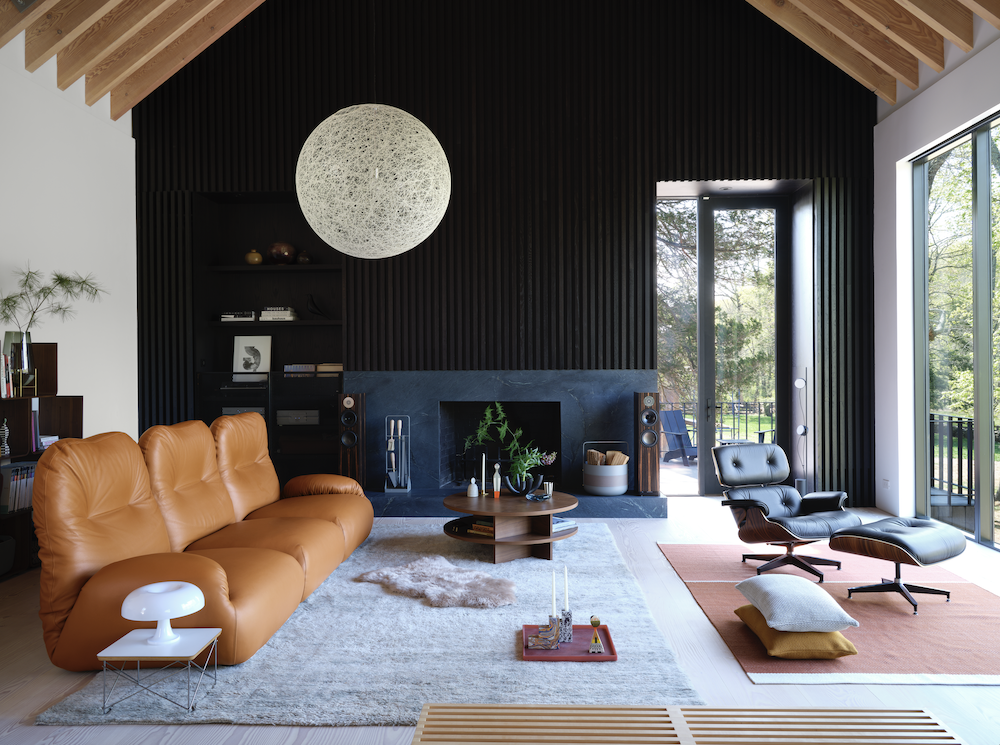
The sofa is the Luva (Portuguese for glove), a modular design taking its inspiration from Japanese futon beds and western boxing gloves. The backrest has the ability to extend for full lounging or to fold down to create a ‘fist’ for more support. It’s a deliberate attempt at cross cultural pollination.
“You have the eastern influence of the futon and the western sport of boxing and I tried to get an aesthetic that different cultures would be familiar with whether they are from Asia, Europe or the US,” he says. “You will find this shape is familiar to you and you will be naturally drawn to it.”
Build your own
While the lounge is in keeping with a contemporary aesthetic and comfort levels, it also embodies the practicality that is an integral part of Tan’s approach. Each piece is available individually, allowing the user to ‘build’ the lounge to suit their needs, whether they live in a large house or a small apartment.
“I have lived in apartments all my life,” he says. “You can see how narrow the stairwells can be, and you have to carry the sofa up.
“Whenever we are doing interior design for clients we know the consideration when you’re buying a sofa. If it’s modular, if you can get it through doorways and narrow hallways, it’s going to be much easier to convince the client to buy.”
It’s also a design that the user can add to over time, extending the usefulness and longevity of the sofa. Tan took it to product design director at Herman Miller, Noah Schwarz, who was quick to recognise its applications.
“He would often ask what I was working on so I showed him this sofa and immediately he was like ‘this could be something for us’,” says Tan.
“He thought it might be something for the MillerKnoll group but which brand he couldn’t tell yet.
“But he said ‘definitely don’t show it to other people’.”
The Luva has since been joined by the Cyclade tables, a trio of coffee and occasional tables designed to work equally well together or singularly. Other collaborations have followed, including work with major European brands such as B+B Italia, Menu, Abstracta and Design Within Reach while still maintaining his Singaporean office.
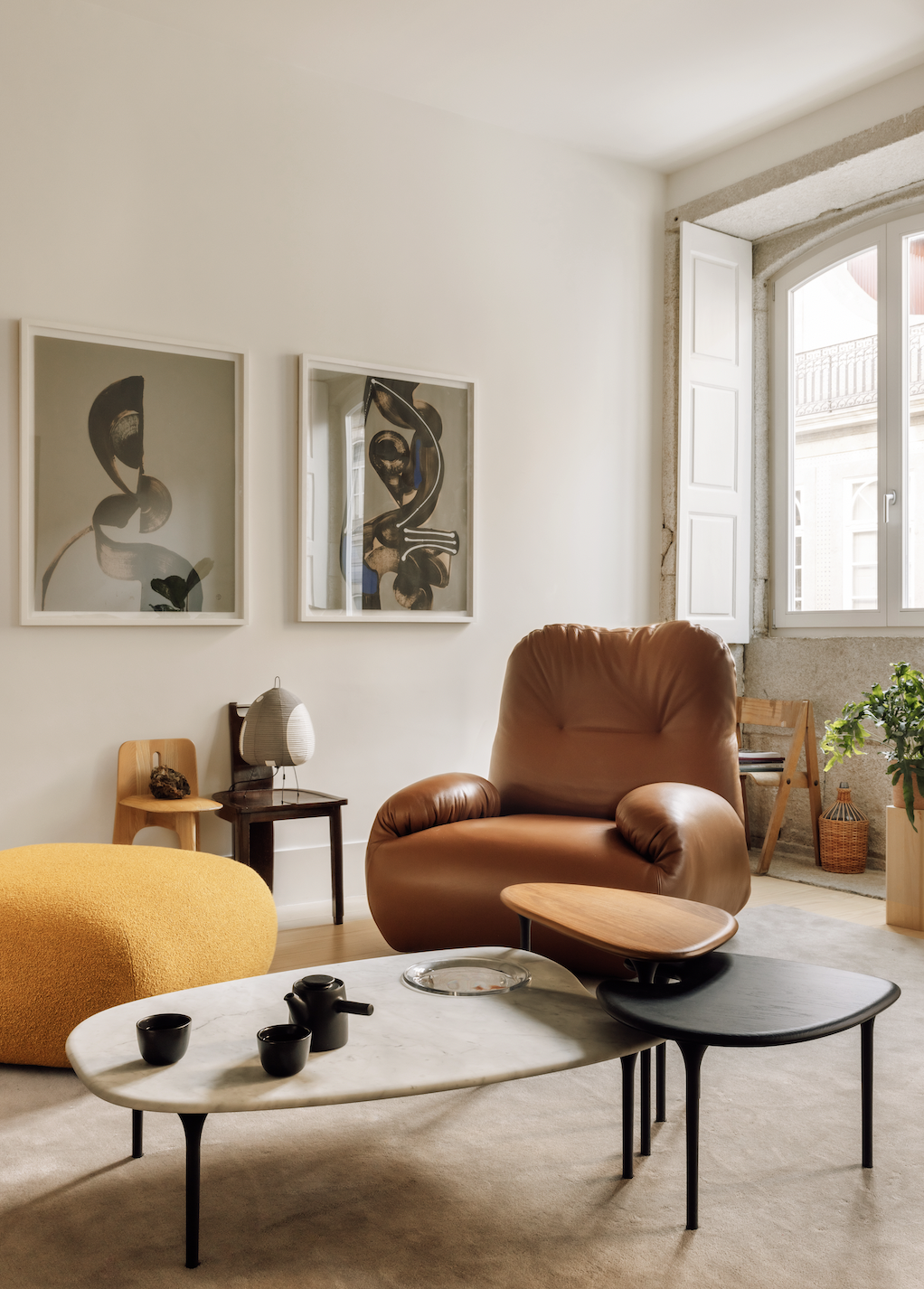
Cutting down travel times has meant more time on the ground.
“Here I travel quite a lot to meet with different companies I am working with and that helps because to me these distances are super short,” he says. “For designers living in Europe they might not want to go to Denmark because it’s a 3.5 hour flight but to me, even if I have to transit, five hours is no problem.”
Leap of faith
Although the move to Europe was risky, Tan has no regrets. While he admits his Portuguese is still a work in progress, his two sons (Er delivered a baby boy not long after arriving in Portugal) are quickly learning the language and the family has now moved into a traditional townhouse, which Tan has renovated, and where their office is based.
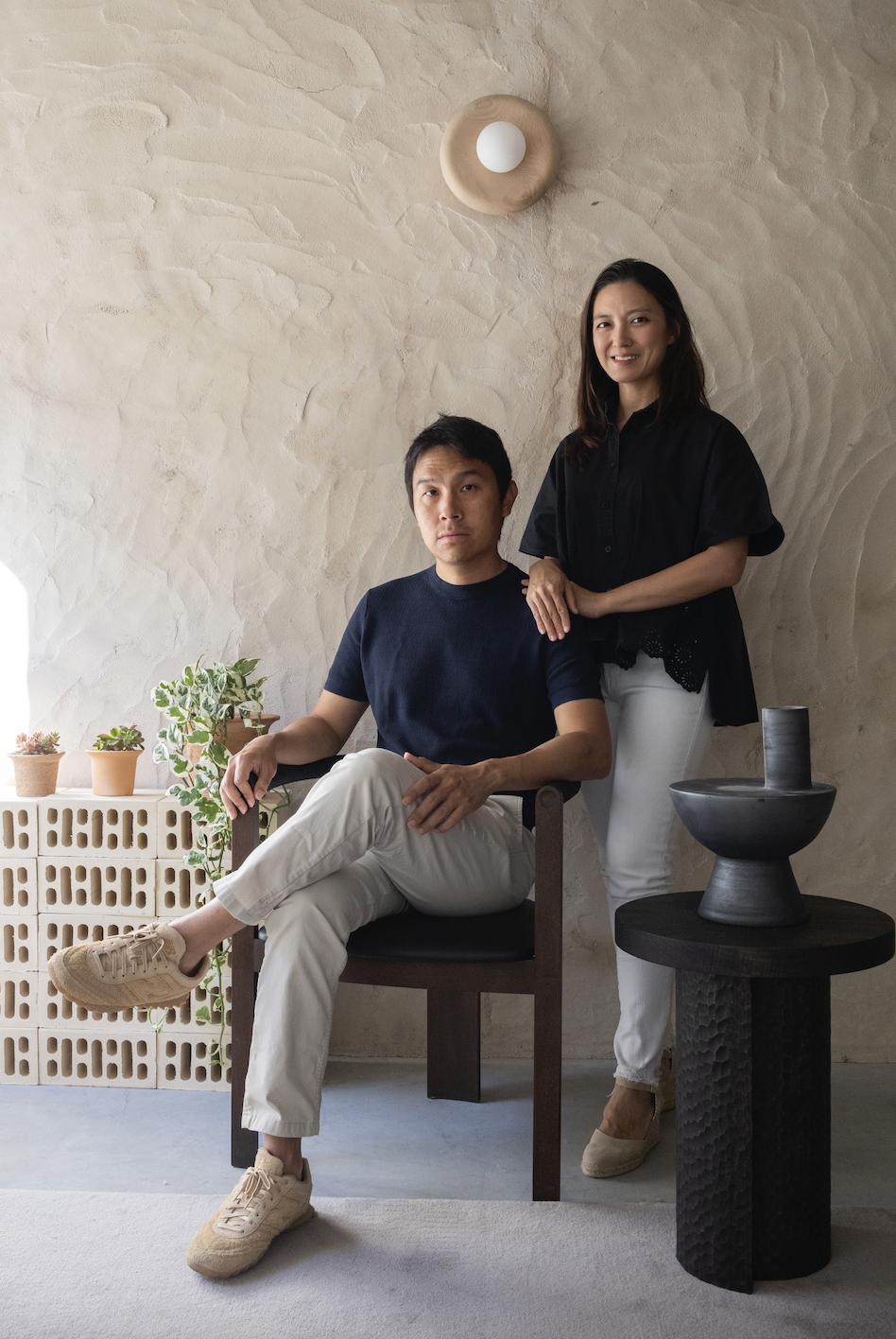
Being in the heart of Europe has opened up a world of opportunity for Tan that has been both invigorating and challenging.
“I am designing for companies of different countries and I get to learn more about other ways of life and how people from other countries see design and see their homes and their spaces and how people do business in different parts of the world,” he says. “Coming from Singapore, it can be very stifling because it is so small. It’s really such a joy to experience these different cultures through design collaborations.”
Moving away from family and friends was a leap of faith but it gave him the push he needed. For a designer whose work is all about comfort, he is not one taking the safe path and staying home.
“It’s a good business model for revenue but you are not going to leave a mark on design history, you are not going to touch the lives of that many people if you are working with regional brands,” he says. “I really wanted to work with the international brands that have the reach with customers worldwide and I think if I hadn’t moved I would not have had that clarity of mind and that focus to really go for it.”
Article originally published on Kanebridge News Australia